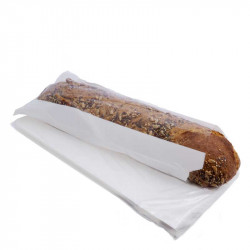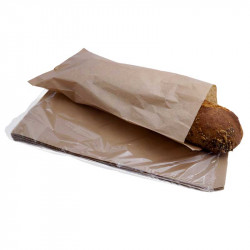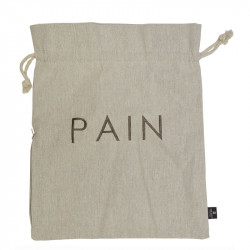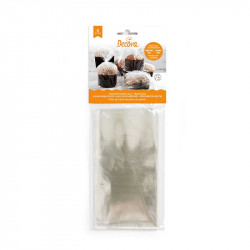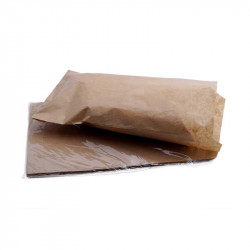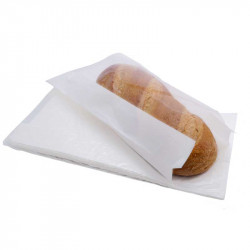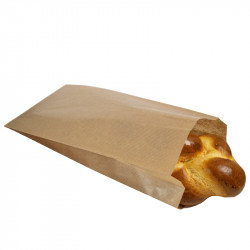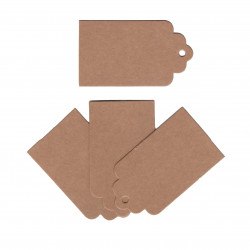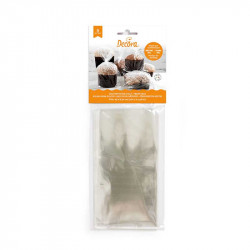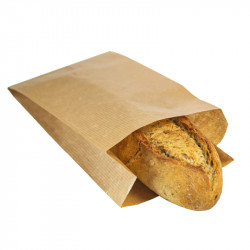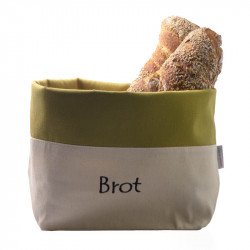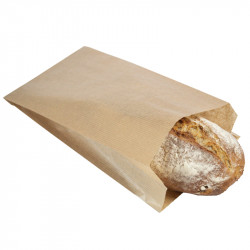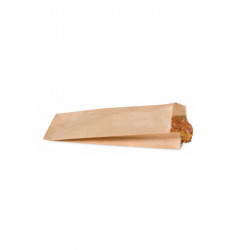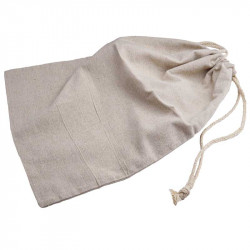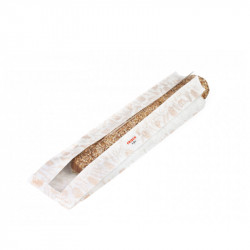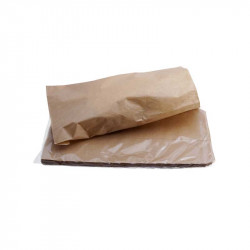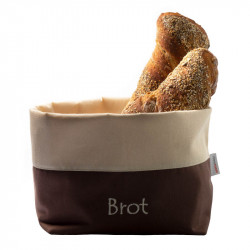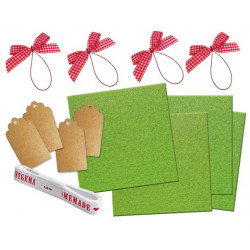-
MenuBack
-
Online Store
-
-
-
-
-
Leer
- Couverture
- Temperature control units
- Aids for chocolate
- Chocolate molds
- Praline fillings
- Chocolate ingredients
- Praline hollow body
- Chocolate colors
- Chocolate tattoos
- Chocolate packaging
- Bean to Bar
- Material for cutting chocolates
- Batons with Kirsch
- Airbrush for chocolate
- High Heels Accessories
- Textured films for chocolate
- Chocolate fountain & fondue
-
-
-
-
-
Kuchen & Torten
- Cakes Fillings & Ingredients
- Fondant & Marzipan
- Cakes tools
- Cake rings
- Silicone molds
- Baking pans for cakes
- Cake stand
- Cakes packaging
- Airbrush for cakes
- Sugar flowers accessories
- Cake Topper & Wedding Figurines
- Cakes dummies
-
-
-
-
-
-
-
-
-
-
-
-
-
-
-
-
-
-
-
-
-
-
-
Füllungen
- Baking chocolate
- Glucose & Sorbitol
- Cocoa beans
- Cocoa nibs
- Monin syrup
- Champagne & Alcohols
- Freeze dried fruits
- Cake & cake glaze
- Flours & baking ingredients
- Chocolate coating & chocolate
- Milk powder
- Granules
- Nuts & Nougat
- Fruit puree
- Creams & Fillings
- Egg yolk & egg white
- Fruit powder
- Special ingredients
- Fondant & Flower Paste
-
-
-
-
-
-
-
- Punching, cutting & embossing
- Mixing bowls & whisks
- Chocolate material
- Thermometer & Burner
- Gloves & Protective Material
- Smoothing & Modeling
- Roll out bar
- Dough scraper & horn
- (Flour) sieves
- Cake turntable
- Spatula & Spatula
- Silicone embossing molds
- Insert strips & cake slices
- Brushes & Tweezers
- Measuring cup
-
-
-
-
-
-
-
-
-
Ausstechformen
-
-
-
-
-
-
-
-
-
Courses
-
-
kurse
- Current courses
- Praline courses
- Chocolate courses
- Chocolate kiss course
- Macaron courses
- Cake courses
- Baking courses
- Patisserie courses
- Ice cream course
- Guetzli, Cookie & Confectionery Courses
- Bread courses
- Pasta courses
- Apéro course
- Cupcakes courses
- Éclair course
- Courses in Zurich - Adliswil
- Children's courses
-
-
- Team Events
- Hen Night
- Retail Store
-
About Us
-
-
-
DirectionsDownload relevant PDF now.
-
-
-
Recipes blog
-
-
Recipes Blog
-
-
-
Shipping and Payment
-
-
Versand/Zahlung/Impressum
-
-
- Online Shop
-
- Novelties
- Sale
- Chocolate and chocolates
- Couverture
- Temperature control units
- Aids for chocolate
- Chocolate molds
- Praline fillings
- Chocolate ingredients
- Praline hollow body
- Chocolate colors
- Chocolate tattoos
- Chocolate packaging
- Bean to Bar
- Material for cutting chocolates
- Batons with Kirsch
- Airbrush for chocolate
- High Heels Accessories
- Textured films for chocolate
- Chocolate fountain & fondue
- Couverture
- Gifts Cards
- Stencils & Stencils
- Cakes & Pies
- Ice cream
- Bread
- Macarons
- Hearty
- Recipe booklets & books
- Cupcakes
- Dessert
- Cake Pops
- Edible decorations
- Fillings & Ingredients
- Glucose & Sorbitol
- Cocoa beans
- Baking chocolate
- Cocoa nibs
- Monin syrup
- Champagne & Alcohols
- Freeze dried fruits
- Cake & cake glaze
- Milk powder
- Flours & baking ingredients
- Chocolate coating & chocolate
- Granules
- Nuts & Nougat
- Fruit puree
- Creams & Fillings
- Egg yolk & egg white
- Fruit powder
- Special ingredients
- Fondant & Flower Paste
- Food Colors
- Auxiliary means
- Spouts & piping bags
- Fondant, marzipan, flower paste
- Bakeware
- Aprons & Potholders
- Cookie cutters
- Season
- Candles
- Party accessories
- Tableware
Bread packaging
There are 22 products.
Active filters
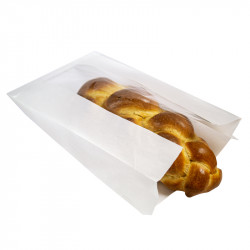
Bread bag paper with fold and window 37 x 20 cm, 25 pieces
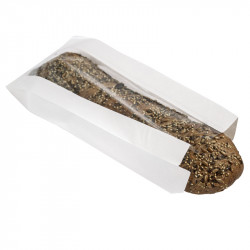
Bread bag paper with fold and window 34 x 14 cm, 25 pieces
What do you need a bread wrapper for?
Bread packaging is used to protect the bread and keep it fresh. It also serves to protect the bread from external influences such as moisture, dirt or insects during transport and storage. Furthermore, the packaging enables the product to be labeled with information such as ingredient list, nutritional information and best before date.
What material should bread packaging be made of?
Bread packaging should ideally be made of an environmentally friendly material that keeps the bread fresh and is also recyclable or compostable. Paper or cardboard are popular materials for bread packaging because they are biodegradable and recyclable. Special coated paper or cardboard that provides a good barrier against moisture can also be used. Some manufacturers also use natural materials such as beeswax or cloth bags as an alternative to traditional packaging. It is important that the packaging protects the quality of the bread while being environmentally friendly.
How much longer does a loaf of bread stay fresh in a bread package?
On average, a loaf of bread stays fresh in a bread package about two to three days longer than when it is stored unpackaged. The packaging protects the bread from moisture loss and slows down the aging process. However, it is important to store the bread properly in the packaging to avoid mold growth.
How well does a bread bag protect the bread?
A bread bag protects the bread well from drying out and keeps it fresh longer. The bag prevents moisture from escaping and protects the bread from foreign odors. However, it does not provide protection against mold growth because bread bags do not provide an airtight seal. It is important to check the bread regularly and replace it if necessary to prevent mold growth. In summary, a bread bag protects bread well from dehydration and foreign odors, but not from mold growth.
What are the differences of bread packaging such as bread bags, bread sacks and bread storage tins?
The differences between bread packaging such as bread bags, bread sacks and bread storage tins are:
1. Material: Bread bags are usually made of fabric or linen, while bread sacks are often made of cotton or polyester. Bread storage tins, on the other hand, are usually made of plastic or metal.
2. Breathability: bread bags and bread sacks allow some air circulation, which helps to prevent bread from drying out too quickly. Bread storage tins, on the other hand, often provide an airtight seal to keep the bread fresh.
3. Size: Bread bags and bread sacks come in different sizes to accommodate different types and sizes of bread. Bread storage tins often come in a standard size and can only store a limited amount of bread.
4. Portability: Bread bags and bread sacks are usually lightweight and easy to transport because they can be folded and stored. Bread storage tins may not be as easy to transport due to their weight and shape.
5. Aesthetics: bread bags and bread sacks may be available in different colors and patterns to suit personal taste and kitchen decor. Bread storage boxes may be available in a variety of designs, but are often simpler and more functional in design.
Ultimately, the choice of bread packaging depends on personal preference, desired use, and the type of bread product.

